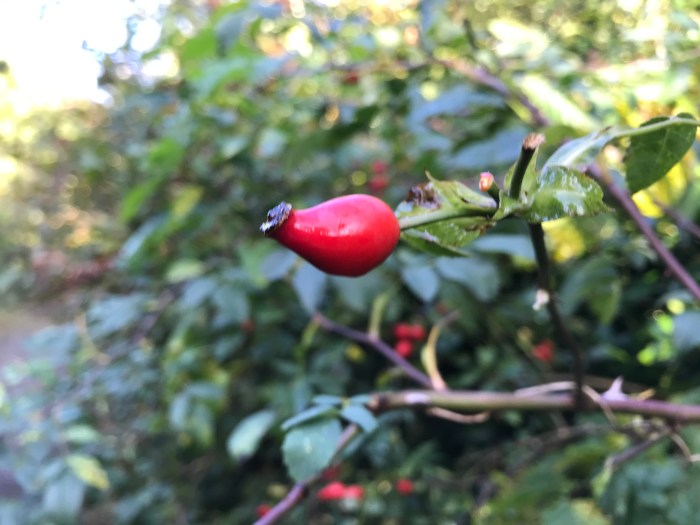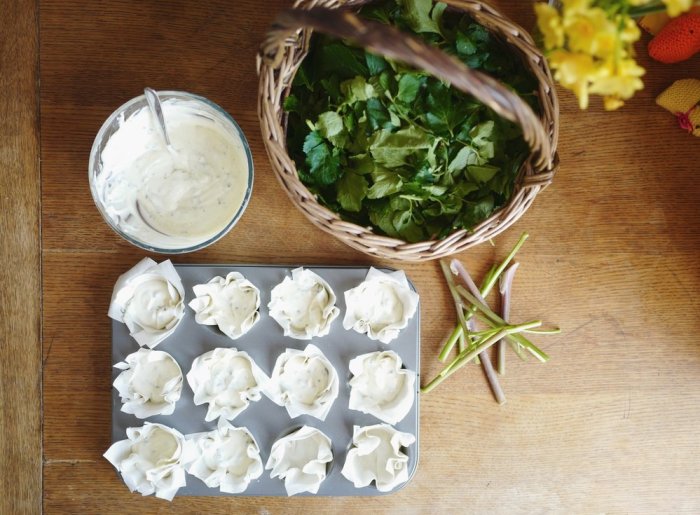IS THERE anything more beautiful than a bunch of home-grown, lovingly nurtured British flowers, freshly cut and carefully arranged?
Melanie Jones-Bharadwa doesn’t think so. And her love affair with British blooms really started to blossom once she started planning her wedding in 2015.

“Living in London but with my family in the north west, my mum mentioned that she felt a little left out of the day-to-day planning of the celebrations, so one day when I was sat in my little allotment thinking ‘wouldn’t it be great if I could use a few flowers I’d grown myself for the wedding’ it suddenly came to me that my mum could grow a few flowers for us in her garden,” Melanie recalls.
After studying textile design at university, Manchester-born Melanie worked in textile homeware development for Designers Guild and Laura Ashley and saw designers drawing inspiration from the textures and colours of British-grown flowers that were brought in for them to see and draw.

Starting to grow the first few wedding flowers soon sparked plans for something a little more ambitious, Melanie remembers: “A few quickly turned to a lot as we experienced just how obsessive it is to sow a little seed and experience the joy of watching it grow with your nurturing, and finally being rewarded with beautiful blooms all summer.”
As vegetables began to be replaced by flowers on her allotment, she was shocked to discover that as much as 90% of the UK’s £1.3bn cut-flower trade relies on imports from other countries – mainly the Netherlands, but from as far afield as Kenya and Ecuador.
“A lot of people are becoming aware of British-grown flowers and the impact of imported stuff,” she says.

Given her love of being outdoors, could this provide the basis of a business idea?
“I always wanted to grow more to be able to share with other flower lovers and during lockdown I decided to take the plunge and start growing on a larger scale,” she says.
Having located an allotment in the Chalfonts where she could produce beautifully scented seasonal blooms, Melanie set to work – and Gathered From The Garden was born.
Avoiding pesticides brings its own challenges, she admits, and getting her micro-scale artisan plot up and running has been both a labour of love and a process of trial and error to work out what grows well.

“I don’t use chemicals or pesticides, but I had a massive problem with rabbits,” she admits. “I had a particular type of flower destroyed by flea beetle. But everything has its place in the eco-system. And growing a wild mix of flowers makes it manageable.”
Growing everyday things like strawberries, beans and pumpkins, as well as flowers, has always been a delight, but time spent outdoors has become even more important now that her daughter is nearly three. “You look a life at little differently,” says Melanie. “It’s important for me to show her the growing cycle and how to grow things from seed.”

Whereas commercial supermarket flowers have to be “perfectly straight, or identical”, home-grown blooms can be unique and unusual, she says. “There are flowers which don’t travel well and which you just don’t see, so if you want that type, you need to grow it.”
Starting on a small scale, Melanie sells dried flowers and natural confetti as well as bouquets, with some of her bouquets available at The Hatchery farm shop outside Beaconsfield. This year, her first season will run from June until the first frosts of October / November, but she’s already planning bulbs which will flower in the spring.
She is also a member of Flowers From The Farm, an award-winning membership association which champions artisan growers of seasonal, scented, sustainable British cut flowers and which recently celebrated its 10th anniversary.
The fact that the association has grown in size during the course of the pandemic from 700 to more than 1,000 members is an encouraging sign of people’s growing concern about sustainable growing, Melanie believes.
“The amount of information that people are willing to share is amazing, ” she says. “I am passionate about growing British flowers that are not only beautiful but that are also environmentally friendly. To me this means growing without the use of chemicals and following the principles of organic growing. In addition to this all packaging is either recyclable or reuseable.”

Husband Kalpesh works in IT and is no gardener, but he does help with petal-picking for confetti and has been very supportive, she says – even fashioning a mud kitchen on the allotment where their daughter can play when there’s work to be done.
“She’s fascinated with bees but wants to touch them all the time,” says Melanie. “It’s nice having her there although she does tend to pull leaves off plants or end up trampling them.

“I love my little plot and the tranquillity it brings. Being situated within a small holding I saw all the wildlife buzzing around and knew that I wanted to do my bit to protect them all, meaning not only do I grow with no chemicals, I also have a dedicated patch of native wildflowers growing for the pollinators, along with a selection of bee-friendly flowers, left for their benefit.”

Unlike a florist, it’s that fascination with how things grow that drives Melanie. “You are constantly learning but I’d rather be doing the growing than the arranging,” she says.
“My dream is to have a pick-your-own farm. It’s nice to have an area to wander through beautiful flowers and taken them home and arrange them yourself.”

Gathered From The Garden offers A range of seasonal bunches and dried flowers are available from Melanie’s Gathered From The Garden website.











































